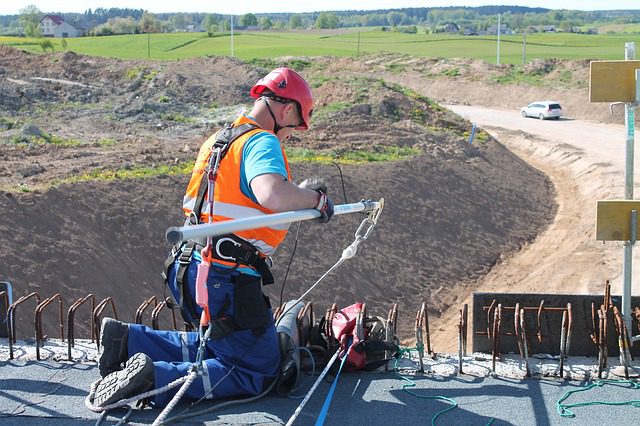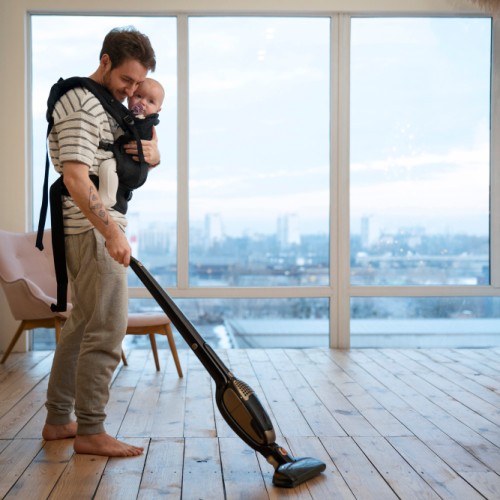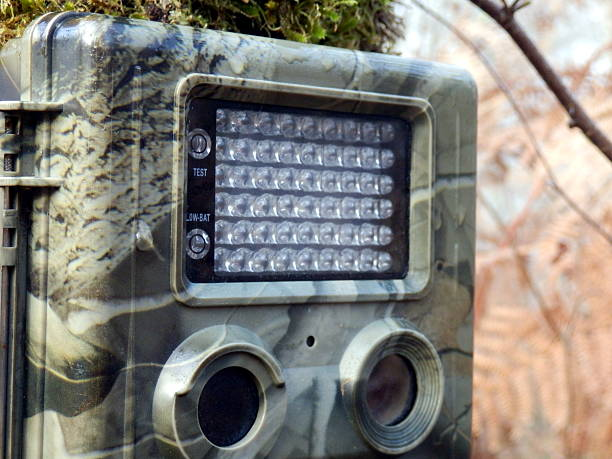When you are required to work at a height above or below ground level, the risk of falling and injuring yourself is very high. When working in such a dangerous environment, your safety should always be the top priority. That means considering all the precautions and having the right equipment for the job to mitigate the fall risk that the workers are exposed to. It is essential to have appropriate medical supplies and a full first aid kit on-site so that you are prepared should the worst happen. You can find one here. Here are some safety tips to consider:

- Have acceptable anchor points
The anchor points where the safety harnesses are attached should be stable enough to hold you if a fall happens. These should be solid enough, designed and installed by a competent engineer to handle a 5000 pounds’ load. Ensure there is regular anchor point inspections and maintenance every six months
- Use proper equipment
Having the right equipment when working at heights is essential, as it will keep you from falling and getting injured. The situation and task will dictate the most suitable kind of safety equipment for adequate protection.
Workers should have the right Personal Fall Arrest Systems (PFAS) that meet ANSI standards. From the body harness, D-rings, to the fireproof material options. All the equipment pieces that experience an impact should be replaced before becoming faulty and posing a risk.
- Regular inspection of PPE
It is not enough to have the proper equipment to keep you protected in your work environment. They need to be inspected regularly for standard compliance by a professional and checked every time the worker uses them. When the workers are adequately trained about the PPE and safety matters, they understand what to look out for when inspecting their PPE. A pre-use check isn’t very time-consuming, but it needs to be thorough, as this can make a difference between life and death for you.
- Use railing
Where it is possible, install railing as a passive form of protection to keep the workers safe. This is the easiest form of a fall protection system. Workers are safe when they stay within the rails and may not need any other form of protective equipment. For example, on rooftops where so many accidents happen, you can go for metal roof railing, non-penetrating railing, or parapet mounted railing to keep safe.
- Use the lifts properly
Any worker on a boom lift, regardless of what height they are working from, should be tied off properly. The tie-offs should be appropriately secured to the lift’s anchor point and have the right protective lanyard. The slightest mistake when using lifts, like forgetting to secure the chain or closing the gate, can endanger your life. Remember to keep your feet firmly planted on the platform to decrease the risk of a fall.
- Emphasize on training
For your employees to be able to work safely at heights, you must train them properly. Even as you focus on getting them the proper protective equipment, arm them with the necessary knowledge to help them keep safe. The risks of working at heights are high, with any complacency being potentially fatal. Knowledge leaves little room for error and confusion when working up there.
Endnote
Accidents are impossible to fully control, even with the right measures and safety equipment in place. Should an employee get injured when working at height, have a detailed report of the incident and the injuries suffered. Remember that employees have a right to compensation should they be injured while performing their duties.
Find more helpful safety tips, like working at heights, in our archives.








